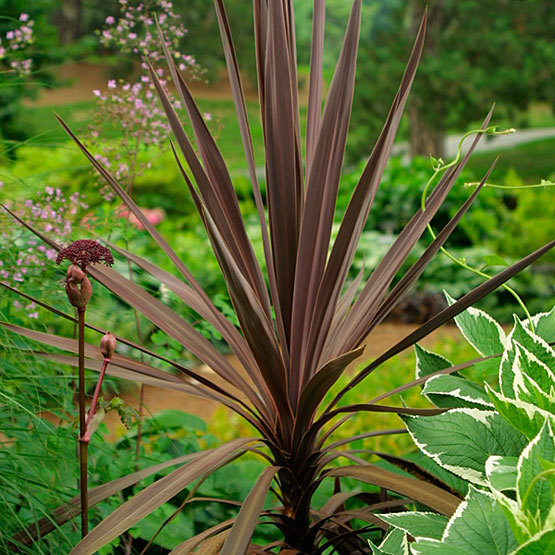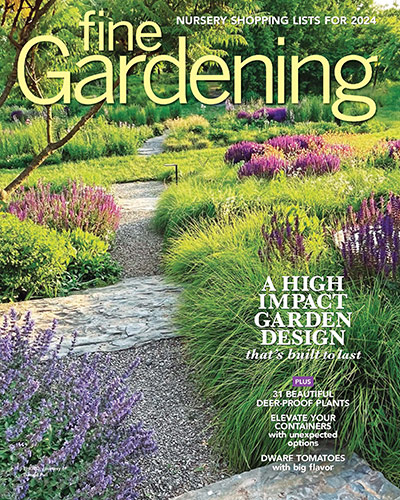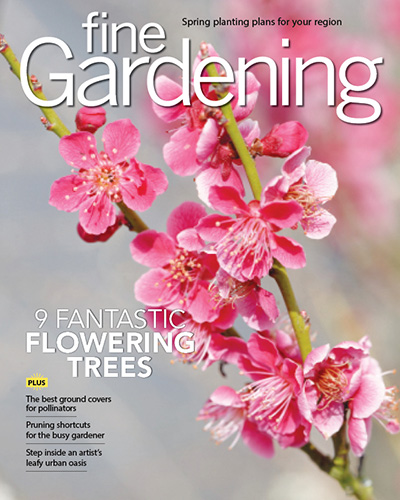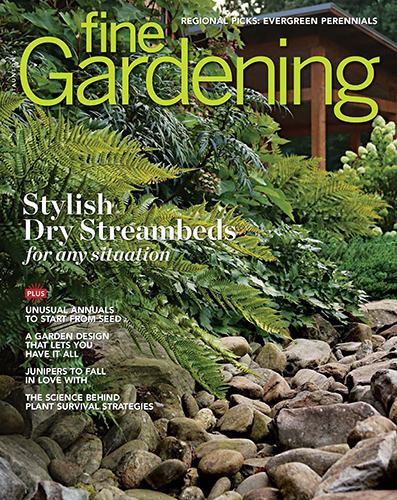
The genus Cordyline is comprised of 15 species of evergreen shrubs and treelike, woody perennials from Southeast Asia and the Pacific. The larger perennials resemble palm trees. Long, leathery leaves are produced in tufts or rosettes. Flowers are cup-shaped and sweet-smelling and sometimes are produced in large terminal panicles. Round white, red, blue, or purple berries follow. Cabbage palms are good as houseplants or when grown in a greenhouse. In warmer areas they can be used as specimen plants, in a border, or in a courtyard garden.
Noteworthy CharacteristicsLeathery, lance-shaped leaves; fragrant flowers
CareIn the garden, grow in fertile, well-drained soil in full sun or partial shade. Under glass, grow green-leaved species in full light and species with colored foliage in bright filtered or indirect light. Water sparingly in winter.
PropagationIn spring, sow seed at 61°F or remove well-rooted suckers.
ProblemsCabbage palms are prone to scale insects, spider mites, and mealybugs, while bacterial and fungal spots, bacterial soft rot, and root rot can also occur.




















